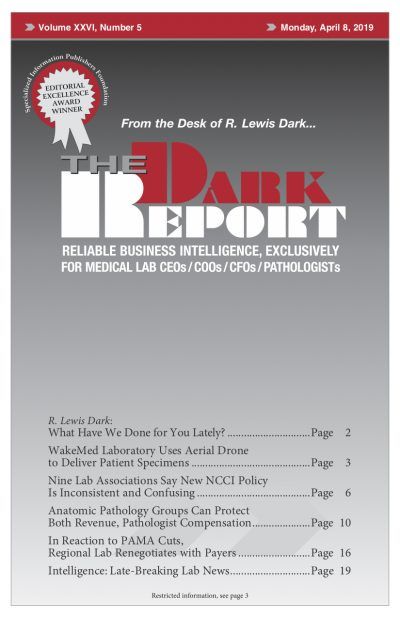CEO SUMMARY: Before Medicare’s lab test price cuts went into effect last year, Health Network Laboratories began discussions with private health insurers and nursing home clients about the possibility of renegotiating their contracts. In these discussions, HNL promoted the value it delivers to health insurers in terms of fast turnaround times, lab-test utilization management, and …
Reacting to PAMA Cuts, Lab Works with Payers Read More »
To access this post, you must purchase The Dark Report.


